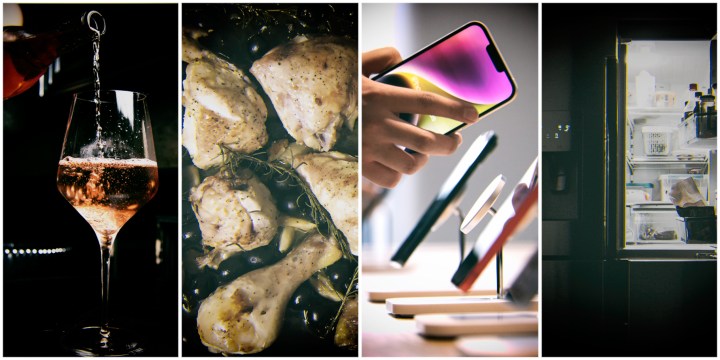SPEND TRENDS
December consumer spending patterns – more cash, more groceries, less fuel and lots of booze

South Africans spent billions over the 2023 December period, with consumer intelligence specialist, NIQ reporting that alcohol and chicken were top choices, while the go-to purchases in the technology category were smartphones, fridges and televisions.
NIQ says consumers spent a whopping R7.7-billion on beer during December at modern retail stores and “traditional trade” such as spaza stores.
Stripping out alcohol sales, purchases leaned towards more staple foods such as chicken, bread, baked beans and the South African favourite, pilchards, popularly referred to as “tinfish”.
BankservAfrica data show that the total in-store card spend (interbank) for December amounted to R112.5-billion, representing a 13% growth on the R100-billion recorded in the previous year.
Solly Bellingan, head of marketing at BankservAfrica, says the highest spend and volumes were shown at grocery stores and supermarkets, which almost doubled in value at R50-billion, with 47 million card transactions.
The average spend per purchase increased from R580 to R1,048.
BankservAfrica data reflect transactions that necessitate interbank transfers, which means that transactions where customers and retailers use the same bank are not included.
Bellingan says consumers may have had more to spend on groceries because many reduced their spending on fuel. Fuel swipes plummeted 18% to R7.6-billion compared with R9-billion in December 2022.
In addition to the billions spent via card transactions, BankservAfrica data show that banks ordered R81-billion in cash orders for December. This is the cash the banks collectively ordered, which consumers would then have withdrawn via ATMs and bank branches.
“The total value of cash orders was a 3% year-on-year decline on the R84-billion recorded in December 2023,” says Bellingan.
“Despite the slight downturn, this figure remains high and shows the continuing demand for cash among South Africans.”
Cash orders peaked on 1, 14 and 23 December with cash values of R7.2-billion, R7.1-billion and R7.6-billion, respectively, tying in with the beginning of December, the 15/16 December long weekend that usually kicks off the South African festive season, and the day before Christmas.
Craig Newborn, chief executive of PayJustNow, says people in lower-income categories seemed to be becoming more comfortable with omni-channel spending, using buy now, pay later methods.
“Omni-channel shopping is where consumers shop both online and in-store, although not necessarily at the same store. Where the omni-channel spend in this income category was just 1% in December 2022, it climbed to 30% this past December,” he says.
The second trend PayJustNow identified was that people seemed to be more proactive this year when it came to shopping for school supplies.
“Last year, most people left their back-to-school shopping for January but, this season, we saw 52% more people buying their school supplies in December,” he says.
The most expensive purchase using PayJustNow this December was made at Sedgars Home. It was a lounge suite and table worth R64,500, perhaps further reflecting that more South Africans stayed in and entertained at home this year, rather than travelling.
By November last year, fuel prices had climbed by more than 14% over the year. Although there was a minor decrease in the fuel price in December, economists are anticipating another increase in February.
Investec chief economist Annabel Bishop says February is currently on course for a small petrol price hike of 40c/litre. DM















 Become an Insider
Become an Insider
Lol hehehe…and lots of booze!!!
No surprises on the Beer side given the standard addiction of many where booze is first in line before food.
The festive season is always the peak sales period for booze – is the R7.7B on Beer more or less than the year before? Saying that consumers spent R7.7B on Beer is just a number…it doesn’t really tell you anything else. Compared to what?? And no surprise, chicken, baked beans and pilchards are protein pantry staples that are top sellers the rest of the year. It’s not a true reflection of where shoppers are spending more money over the festive season. Chicken? Probably because the price of chicken dropped after the bird flu scare so consumers stocked up again.
This sentence: “The average spend per purchase increased from R580 to R1,048”. Based on what? Compared to a year ago? Are we looking at total basket including appliances or just grocery baskets? How can consumers spend more on Groceries because they’ve reduced fuel spend. Does the spend on Groceries take inflation into account? Current Fruit and Veg inflation is sitting at 23% (see StatsSA). Very poor article with lots of assumptions